Event design is a highly current topic on event planners’ agenda. It begins with ‘why’ the event is required in the first place, and how to bring the many individual elements of the event (audience, branding, venue, format, communication, content, destination, sustainability, accessibility and more) together to create a seamless delegate experience.
This year, I developed a strong interest in design after attending the Switzerland Tourism Influencer Summit that focused on art and architecture, and subsequently chose to deep dive into this topic with further research, including the #eventprofstalk Twitter chat about ‘The fundamentals of event design that will guide #eventprofs to deliver more impactful events’ and speaking at the Illerhaus Marketing MICE Branchentreff about ‘How can event organisers structure their social media plan based on the principles of event design.’ A further opportunity came along to attend the #GrenzenlosesEventdesign (Translated as ‘borderless event design’ from German) from 7–10 November 2019. This educational trip was organised by three national convention bureaus: the Switzerland Convention & Incentive Bureau, Convention Partner Vorarlberg and German Convention Bureau.
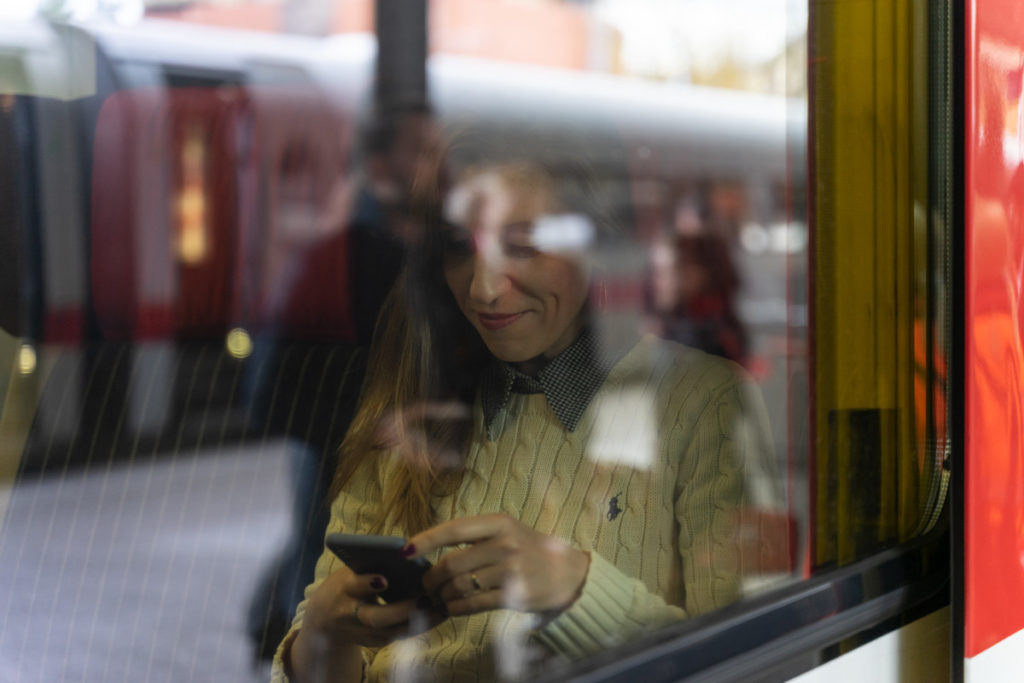

The #GrenzenlosesEventdesign educational initiative was born out of the Destinations Circle networking group where the three convention bureaus are members. Helena Videtic, Director of the Switzerland Convention & Incentive Bureau in Germany and Austria shared the background about Destinations Circle, which has 16 members to date, ‘Destinations Circle was established in 2006 out of mutual interest of the members to exchange knowledge and know-how among themselves regarding the many topics concerning the MICE industry. It’s not an association, but merely a networking group of international destinations who are responsible for their country’s MICE business in Germany. The members meet monthly to exchange knowledge; these include trends, challenges and look for solutions among themselves.’ In the next 2–3 years, the members plan to professionalise this networking group, and as a first step, they have selected a general secretary to provide support by handling the key topics discussed among the members.

Helena added that there are two key objectives for this group, ‘With this networking group, we want to discuss the industry concerns and trends from inside and outside the industry in an open manner. Secondly, we want to strengthen this group and communicate the importance and time efficiency for event professionals when they work with a convention bureau, which represents an additional channel for event professionals to be introduced to a meeting and event destination and receive (mostly) a free consultation from them regarding what they can do and where they can do it for their event.’
The #GrenzenlosesEventdesign educational trip is the first joint venture that was born out of this group and Tamina Rügemer, Regional Manager Europe at the German Convention Bureau shared further insights into the idea behind this innovative project. The three countries border each other and are connected by Lake Constance (known as Bodensee in German) ‘Apart from the congress centres, venues and hotels that the participants will visit during the trip, they will also be introduced to extensive educational offerings around the topics of the future meeting space, improvisation and psychology of the space. This is a learning journey for event professionals to experience the uncommon and step away from everyday thinking while exploring new event formats with a small group of participants.’ Eighteen people in total participated in this trip.
This trip not only explores new venues, content and event formats but also offers sustainable transportation options that can enhance the journey between the countries and around the Bodensee. The journey began in St. Gallen; from there, we travelled by train to Rorschach (Switzerland) and later by train and bus to Bregenz (Austria) and from Bregenz to Konstanz (Germany) by boat. Hence, the journey also has a ‘symbolic’ element of connectivity around the common and uncommon topics and the geographical proximity around the lake.
Arrival in St. Gallen, Switzerland
St. Gallen has a strong connection to the textile industry, with the world-famous St. Gallen Textile Museum being particularly important. Prominent figures such as Michelle Obama have ordered their fabrics from the museum and additionally, it’s a unique event venue. Thanks to the prosperous textile industry, the University of St. Gallen was established in 1898, where textile businessmen sent their children in order for them to later take over their businesses. Today, the University of St. Gallen is one of the top universities in Europe and worldwide; its graduates include the founders of N26 (online banking), Shipp (multi-carrier shipping software for e-commerce businesses) and On (innovative running shoes). I was particularly interested in visiting this iconic and well-respected university. I was inspired to discover that they have an entrepreneurial hub called Startup@HSG. Entrepreneurship is a new career perspective for ambitious students today; start-ups make a large part of the business ecosystem today, and we see increasing numbers of corporations working with them.
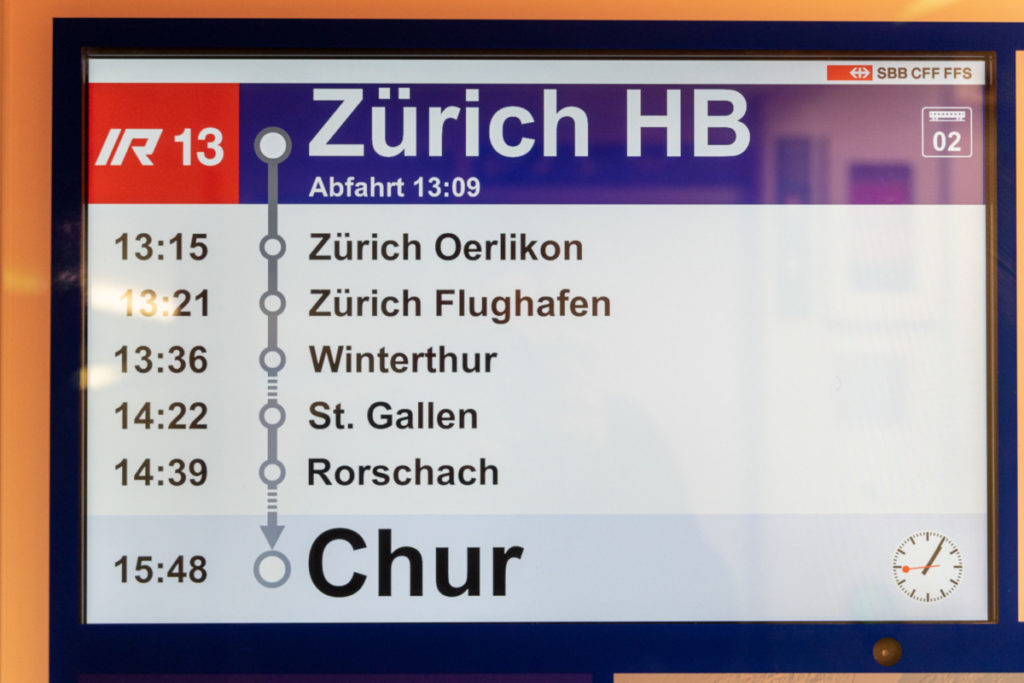


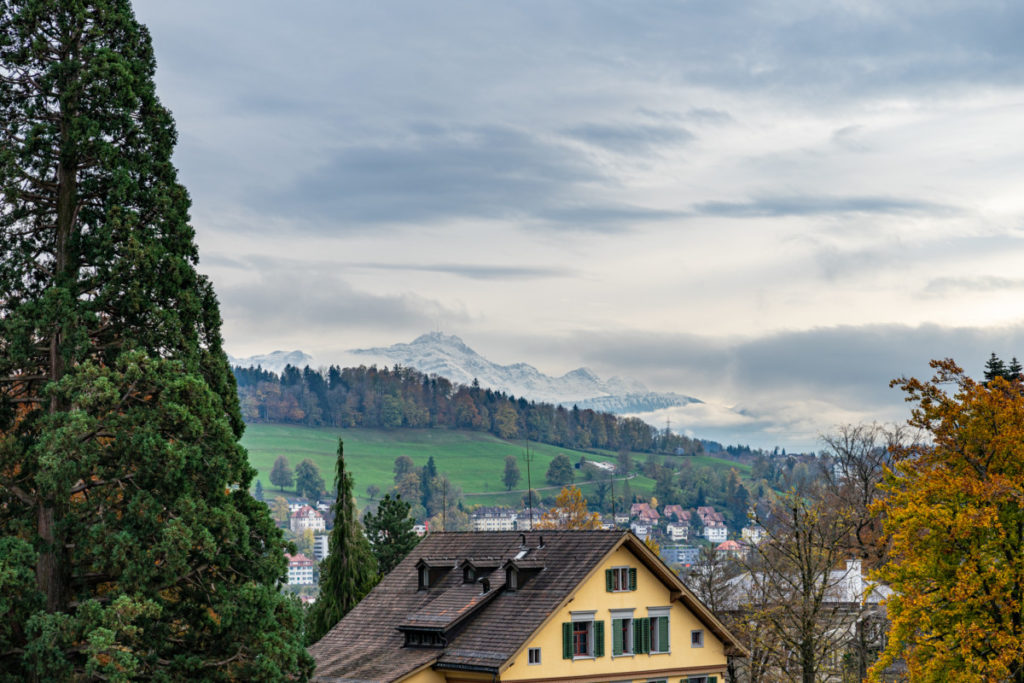
Seeing the shift and impact the start-up ecosystem brings to the economy is very interesting to me and also for the event industry as a whole, where small agencies work with big corporations and disrupt the current business models. This visit was beneficial for me to set the focus later on discussing borderless event design and thinking big about our events.
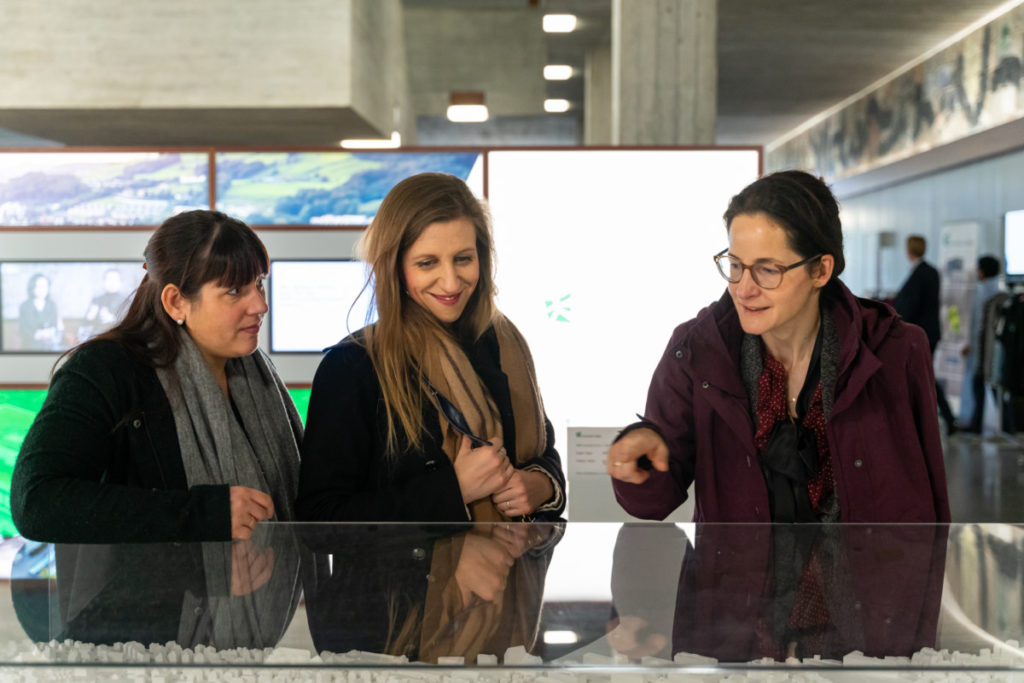
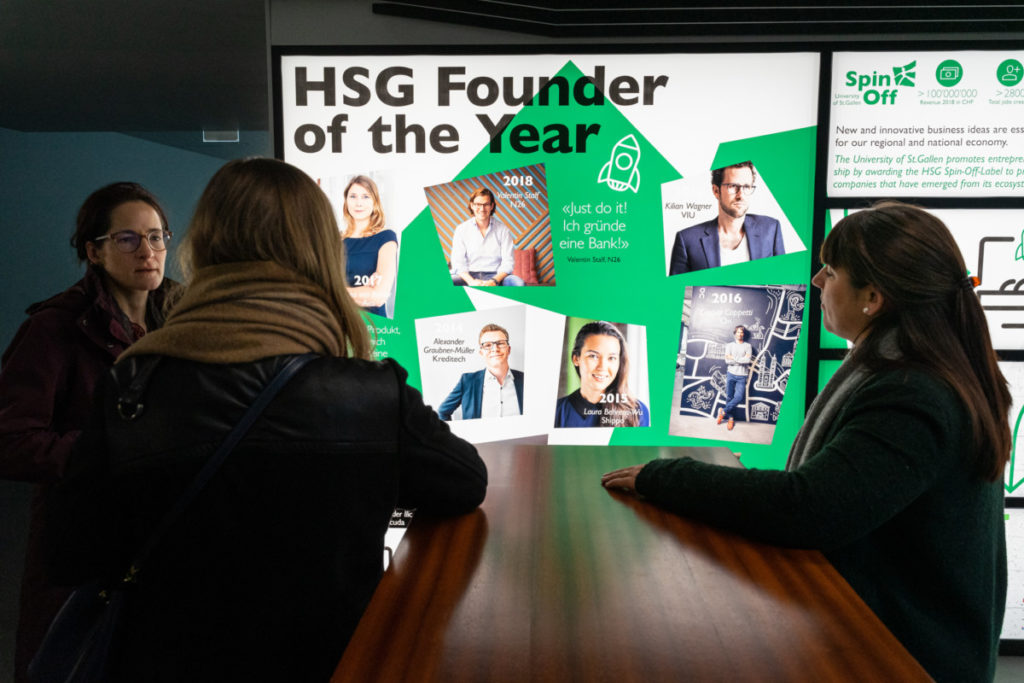

First introduction to event design
The official event opening and first meeting with other participants began at the Hotel Walhalla St. Gallen, opposite the train station. The 4-star hotel reopened at the end of September 2018 after extensive renovation and has 100 guest rooms. After the first introduction round and meeting our moderator for the four days, Michael Gleich, we gathered into small groups of four to get to know our new colleagues a little bit better. The exercise required each participant to speak for six minutes uninterrupted and for each of the listeners to give positive feedback based on what they had learned about the new colleague.
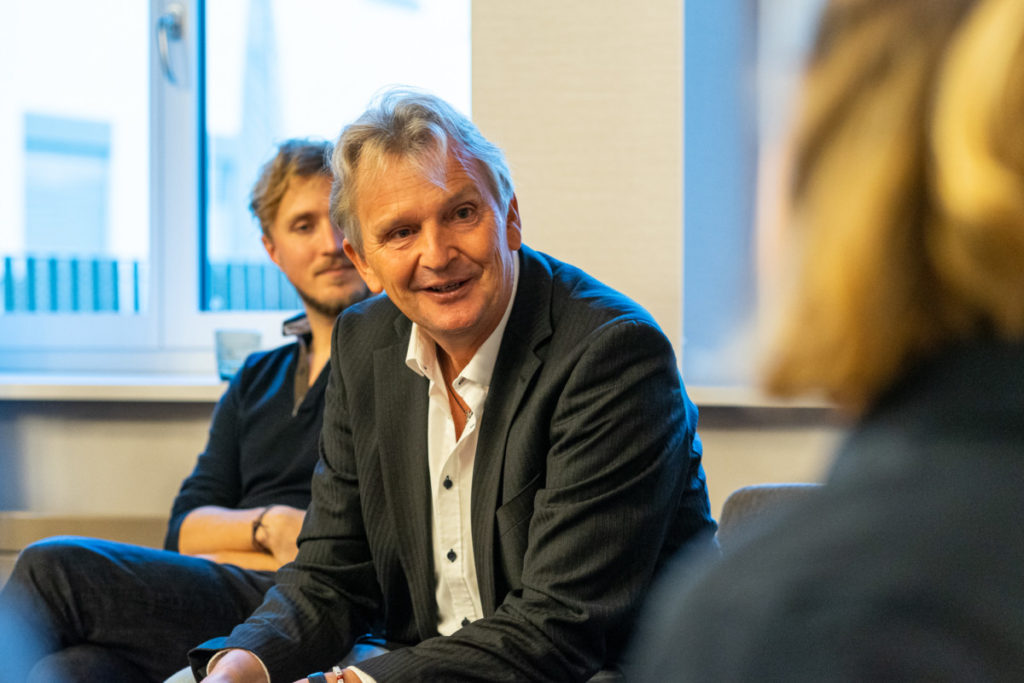


We then headed on foot for dinner at Hotel Einstein, a 4-star superior hotel. The building also has a strong link to the fashion industry because it was initially opened in 1830 as a finishing and refining house for textiles. After changing hands multiple times, Isaak David Einstein took over to make this building an embroidery house. In 1978, the building was acquired by Max Kriemler, a local textile businessman whose family owns the premium fashion brand Akris that his mother founded in 1922, and opened as a hotel in 1983. The name Einstein remained from the previous owner.
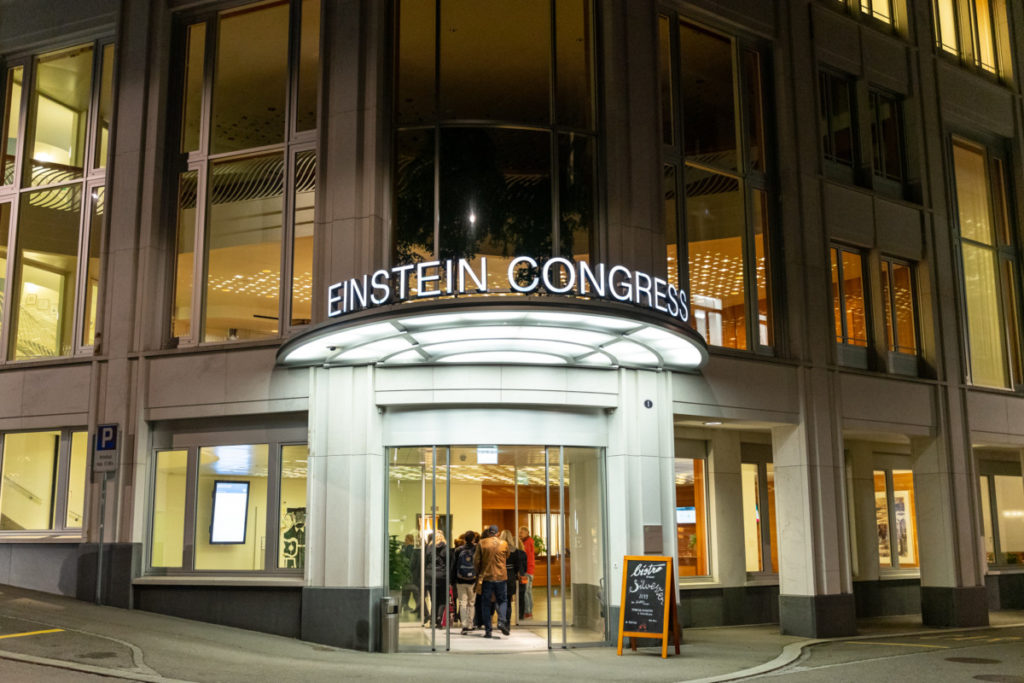

For dinner, we had the traditional Swiss Fondue, which is an ideal dish for the colder months. I got to talk to Anja Sachse, co-manager of the convention bureau at St.Gallen-Bodensee Tourismus. She chose the hotel for our get together and explained that ‘Hotel Einstein St. Gallen is located in the Abbey District of St.Gallen (Stiftsbezirk), which in 1983 was designated a UNESCO World Cultural Heritage Site, and offers a view over the Cathedral. The choice of location was carefully selected to experience this District, and the dinner was also chosen to be something typical and traditionally Swiss, the Swiss Fondue, an all-time favourite Swiss dish, but it’s also a beautiful dish to share with a group and makes it easy to engage in a conversation over dinner.’ The choices were carefully planned in line with the theme of the trip, event design. According to Anja, ‘event design is the central theme, the “leitmotif” of an event, and is what makes the event stand out and stay in attendees’ memories; furthermore, that’s also an event planner’s job requirement today.’
‘Future Meeting Space’ study and introduction to global trends
The second day began early with a short journey from St. Gallen to Rorschach and the venue Würth Haus Rorschach where the first two sessions of the trip took place.
The first session was by Tilman Naujoks, Project Manager at the Fraunhofer-Institut für Arbeitswirtschaft und Organisation (Fraunhofer IAO) and was about the Future Meeting Space. This is a collaborative project between the Frauenhofer Institute, the German Convention Bureau and the European Association of Congress Centres and was initiated in 2015.
Currently, they are in the third phase of the research. According to Tilman, ‘We aim to think ahead and anticipate what the future holds for the event industry, and that is what we do throughout the project, with dedicated studies, focus groups that generate content and with a strong focus on industry practice. The third phase of the study began this summer, and in this phase, we got away from the technology and looked into the increased role of events; for example, analysing the purpose of an event in the marketing mix. The second aim of this phase of the study involves determining the future competencies that will be required in the events industry. These include personal traits, but also preparing companies to cope with the changing landscape in the industry.’
The global trends that Tilman chose to cover and their implications for the events industry will now be discussed. Tilman first talked about globalisation, which has become significantly advanced through digitalisation, which also influences us in our personal lives. The most familiar example is the connectivity with multiple devices. Next, he spoke about artificial intelligence (AI), which will become more accurate, combining data and algorithms, with innovation coming from the existing data. By having access to more data, the AI will be able to respond more rapidly and make the lives of event planners easier. Tilman provided an example of chatbots. He also mentioned that, according to Gartner, by 2020 (next year!) 85% of customer interaction will be managed without a human. Therefore, the implication is that event managers need to develop their competencies to be able to work with the topic of AI and assess which jobs will be lost due to the tasks that can be completed by computers. Tilman believes that in this area specifically is where the sharpest development will happen and that it will also receive significant investment, ‘We need to be aware which tasks will be taken over by machines, and which tasks humans can take over—are these creative, conceptual? This is an interesting area to observe.’
Tilman continued to list networking as a trend. Networking means doing something together. It involves that which connects us, ‘Networking means that something needs to happen that makes a person remember the event where they spent time with people. Such an occurrence can transfer a negative experience to a positive one. Therefore, when people meet, organisers need to foster the connection that created cooperation opportunities between the participants.’ He further highlighted that personal communication will remain essential for developing ideas, and platforms such as Twitter can foster the network among individuals.
New work is another trend that is already impacting the industry. This topic includes personal development, obtaining additional qualifications and connecting people with their jobs further to create work-life balance/integration.
He suggested that in organisations today, we can see a flat hierarchy and that mobile working from home offices is also growing. Here is where the challenge of ‘work-life balance’ can occur because employees move work to weekends or are contacted by the employer outside their normal working hours. As a result, the lines between private and working lives are becoming blurred, and the psychological effects of work overload and being constantly connected occur. However, there are also advantages, such as giving employees more autonomy, which leads to less absence in the office and the avoidance of additional workload.
So what does this trend mean for the event industry? With the blurring lines between personal and professional lives, and a growing trend towards co-working spaces comes the demand for flexible working hours and mobility. Here, event organisers can provide their delegates space to work remotely from an event.
The consequences of the megatrends in the events industry are enormous, and the entire event landscape is changing. Some of these changes include extending event lifecycle, creating new events formats, while taking into consideration various shifts in society: immigration, cultural differences, a new generation of digital natives and cross-generational events (when three generations attend an event).

Hence, the job of event planners has become more demanding because they need to identify their participant type and react quickly. The attendees of today are individuals but with substantial similarities: they are communicative, have tech affinity, are leaders, ambitious etc. Event formats should be created to accommodate their interests.
Tilman further highlighted that event planners need to understand the challenges of their attendees and increase the reasons and minimise the barriers for them to attend an event. The barriers are: time investment, cost, time away from the office, personal safety and data security. The opportunities are: learning, inspiration, education, networking, getting time off from work and the destination’s attractiveness. According to academic research, time and money are two key challenges. In this instance, event organisers should allow work during the event in order for delegates to lower this barrier.
Tilman also touched on the stakeholder’s requirements from an event. Apart from the common Return of Investment (ROI), stakeholders are interested in image transfer and digitalised event processes (e.g. seamless online registration). The academic research examining participant motivation listed two key expectations from an event: interaction and getting involved (listen and do something) and time efficiency, which includes the information that can be communicated pre- and at the event and the content that will be focused on.
Innovative event formats expected by attendees and organisers should include interaction, match-making, efficient time management (i.e. what can be achieved online pre event), emotional experience and space usage, individual choice of topics, online and offline events and extending event life cycle and lastly the collective intelligence of all the people in the room. Academic research in the area has revealed that innovative event formats have a strong link to technology; therefore, there is a need to create emotions with technology.
In a group workshop exercise, we looked at what the future meeting space will look like, offering that it will be open with flexible spaces and the necessity to think big—not just using the venue, but also the outdoor space and having different furniture. One idea suggested was to build your own meeting space and create a 5-sense experience. It was added that organisers must be attentive to climate zones and acoustics and that there should be ‘protective’ spaces so that attendees can avoid distractions and concentrate more effectively.
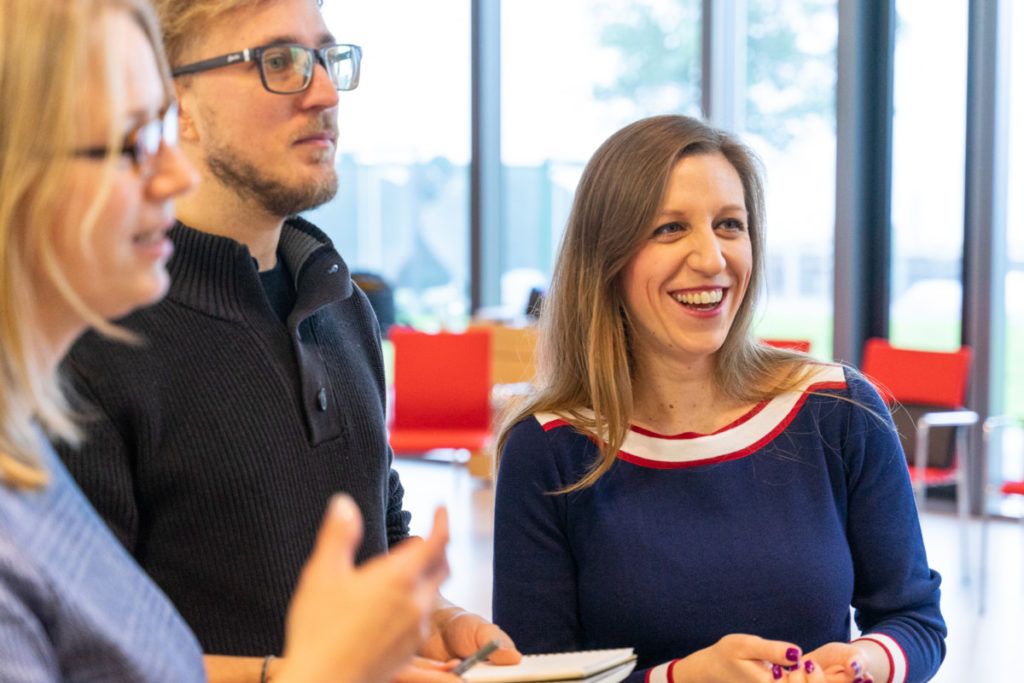
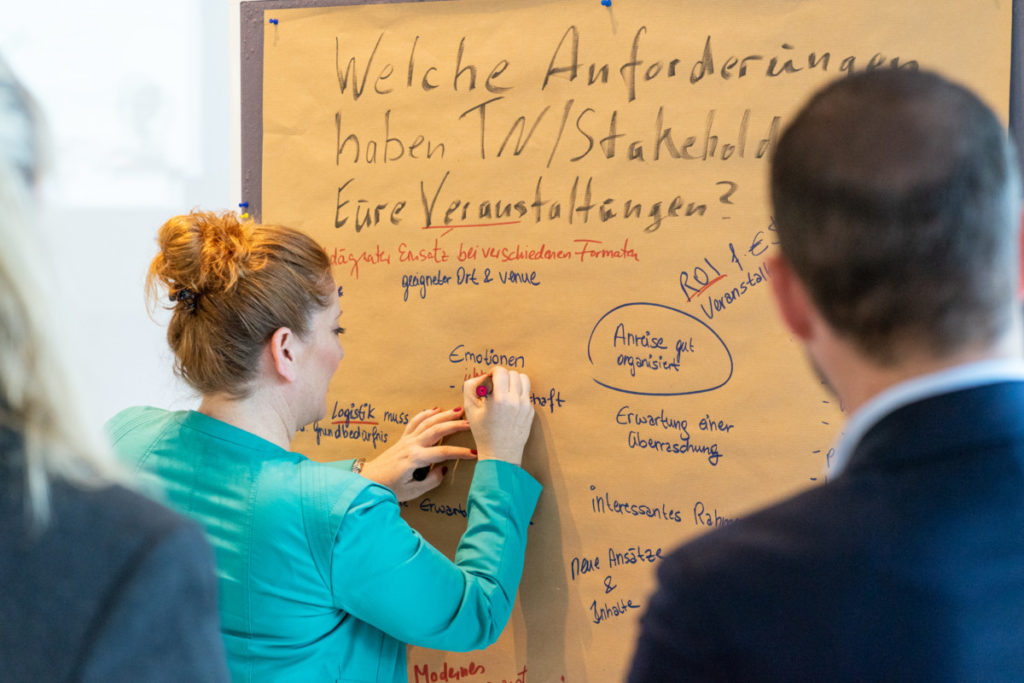
Tilman noted several innovative event formats that are currently being implemented, such as BoCom, a borderless congress that takes place across multiple locations, and a co-working congress, which is sufficiently long for delegates to make the most of the event but at the same time maintain the daily workflow.

He concluded that event planners should be curious and try new things, an approach that will in return bring more satisfaction.
After this session, I hosted an #eventprofstalk discussion about how to work with local stakeholders to deliver more successful events and will report about this session separately on the Event Planners Talk blog.
Würth Haus Rorschach: a venue with a strong link to art
The venue where both sessions took place was an additional highlight, with its floor-to-ceiling windows, filled with daylight and spacious event spaces. It opened in 2013 as a completely new build and now has about 160 events, with approximately 225 days of events per year. Approximately 10-15% of these events are international.

I spoke with Jürg Putzi, Head of Events & Marketing at Würth Haus Rorschach about their event space and he told me about their artistic concept, ‘The building is conceptualised in a way that it offers meeting spaces combined with architectural design. But it also has an artistic element, housing distinctive art pieces because the Würth family is one of the biggest art collectors in the world with approximately 18,000 of art pieces in their collection. Art exhibitions that go on tour also make a stop at Würth Haus Rorschach, so art is a significant USP (unique selling proposition) for the venue. The venue doesn’t act merely as a meeting space, but instead, they try to think creatively together with the client, adding more value in the initial consultation phase, because this is where they can give value-added input to the event, from logistics to content to making it interactive.’
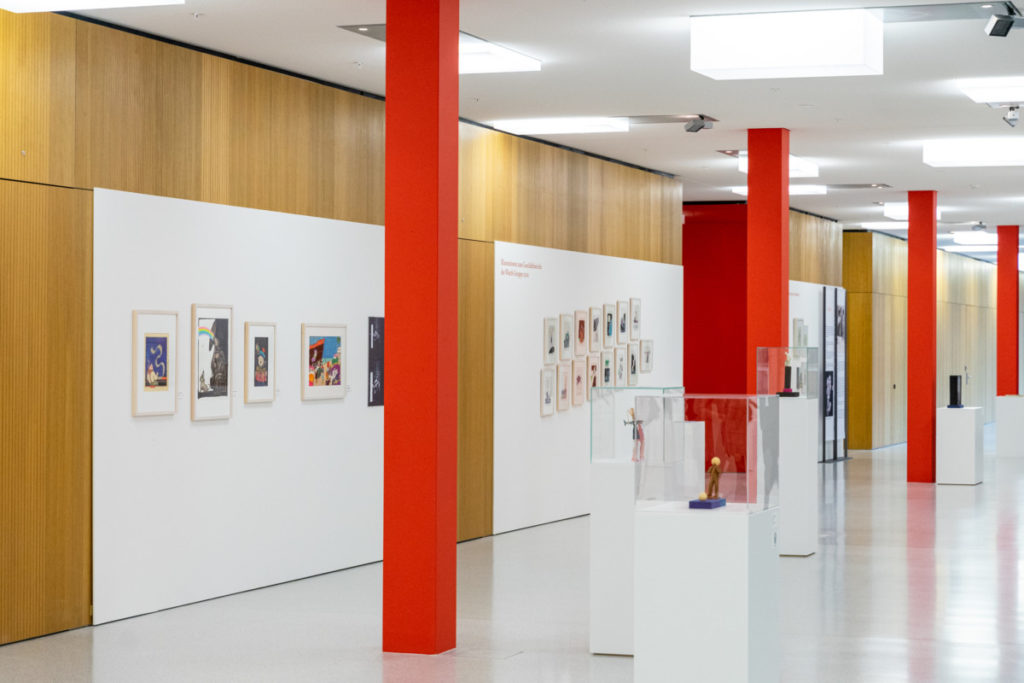

Crossing borders: from Rorschach to Bregenz
From Rorschach, we continued to Bregenz, Austria, by train and bus, which stopped next to Hotel Schwärzler, our home for the second night. The small 60-room hotel with substantial charm and a personal approach has a very cosy atmosphere due to the predominantly wooden elements. We also had dinner there on the second night at the restaurant Babenwohn, which was highly convenient and served delicious food.
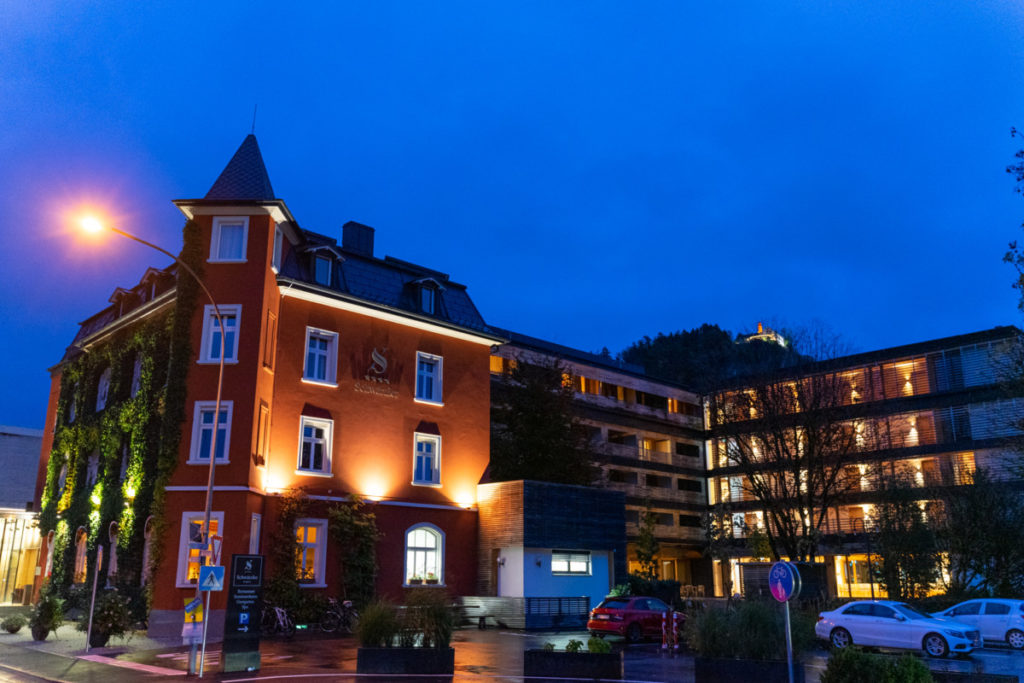

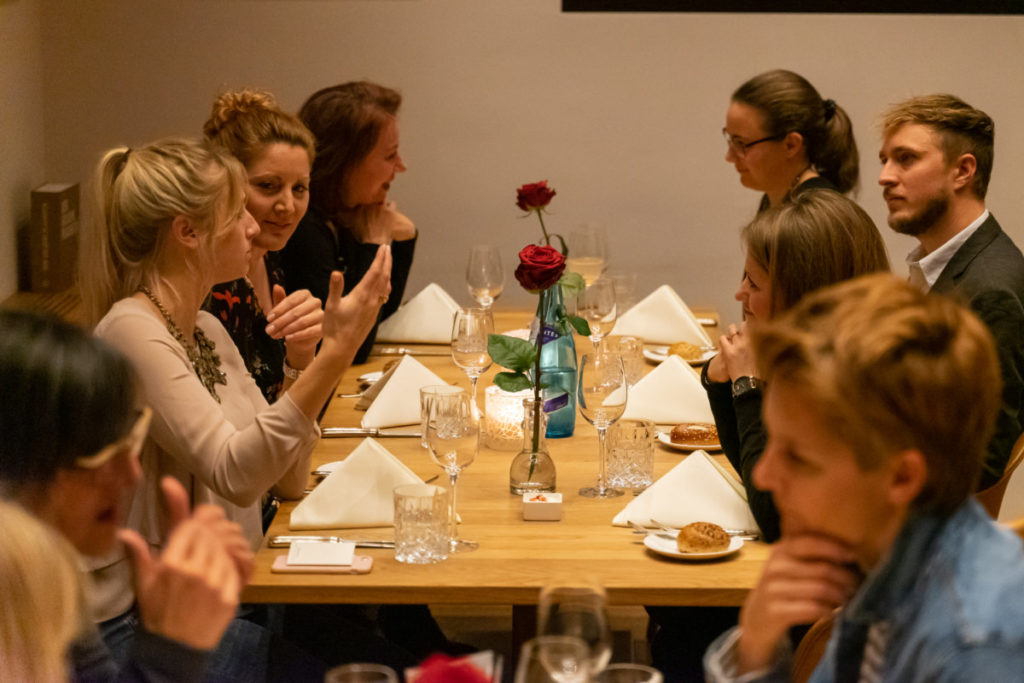
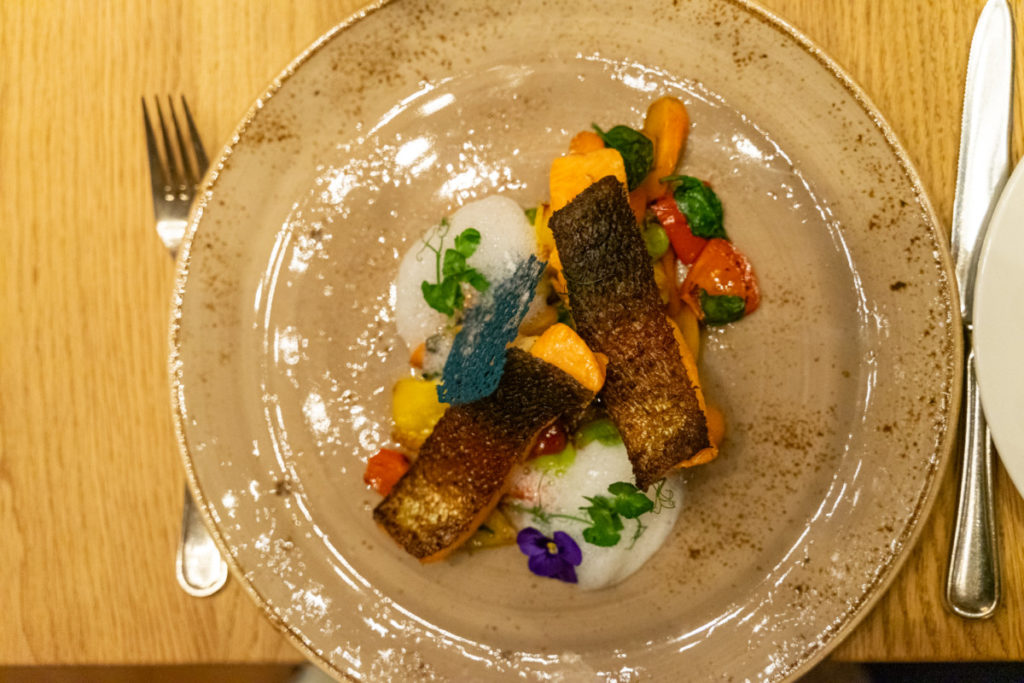
The following morning, the journey continued by bus to Festspielhaus Bregenz. Located on the shore of Bodensee, the venue is known internationally for the Bregenz Festival (Bregenzer Festspiele) and for being a James Bond movie location. In 2008, over the course of 10 days, the movie Quantum of Solace was filmed in Bregenz on the famous floating opera stage of the Bregenz Festival.

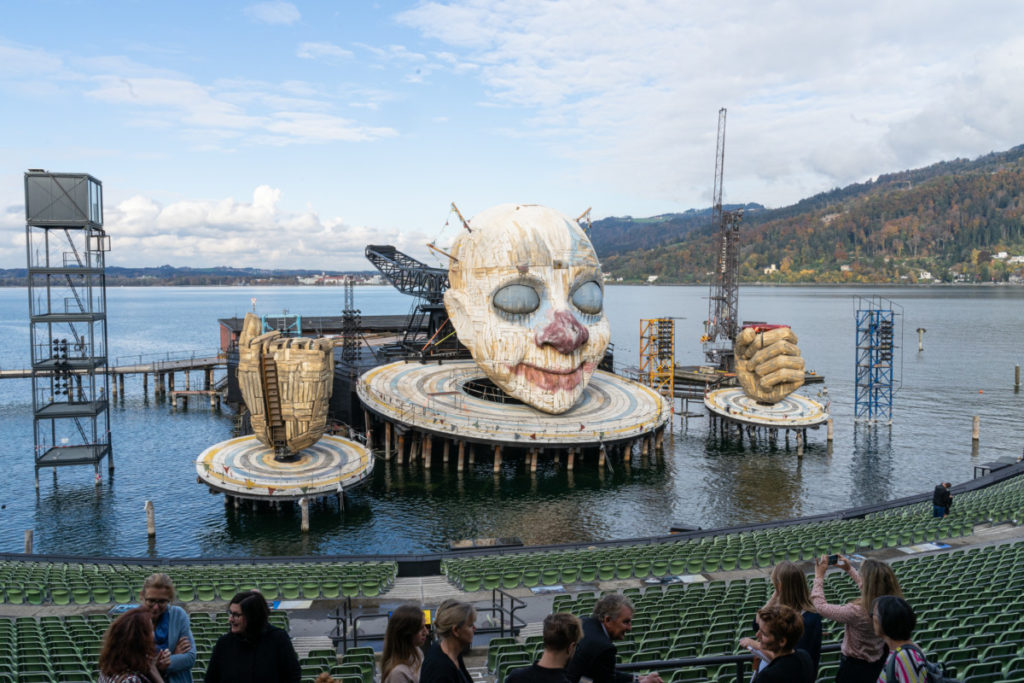
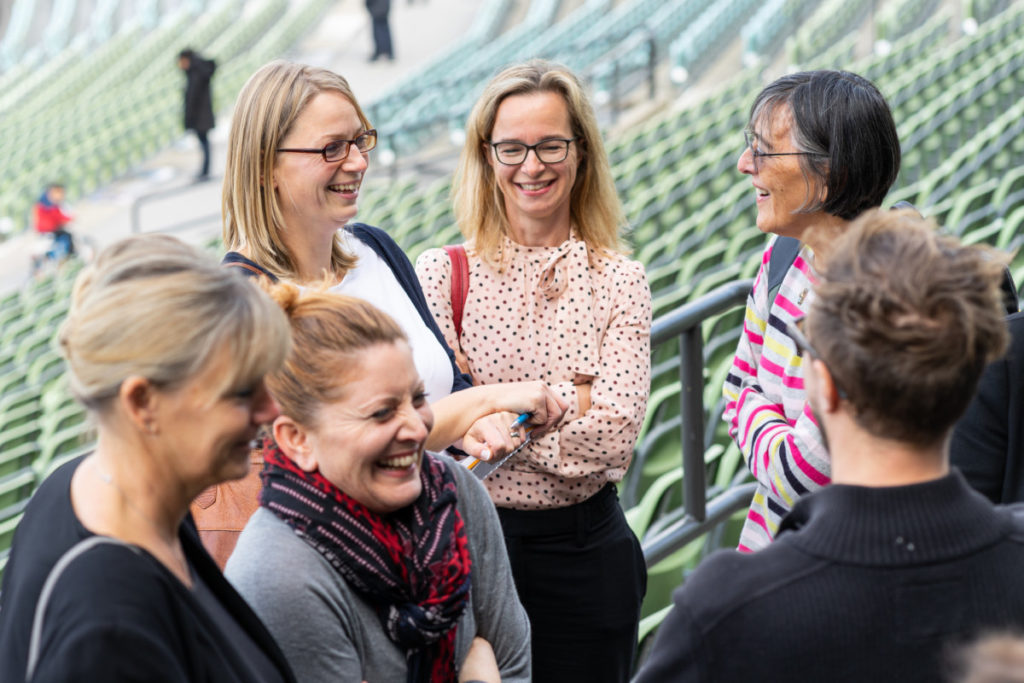

Psychology of physical space: space(room), light and colours
Here, we continued to explore the topic of event design further, this time with a focus on the psychology of space with Uwe Linke, who specialises in this subject matter.
There are three key factors that are taken into account in regard to the psychology of space: the physical space (the room), light and colours and the combination of the three. Our participative workshop focused on these three elements, which when combined in the correct way will contribute to an event’s success and the wellbeing of the attendees.
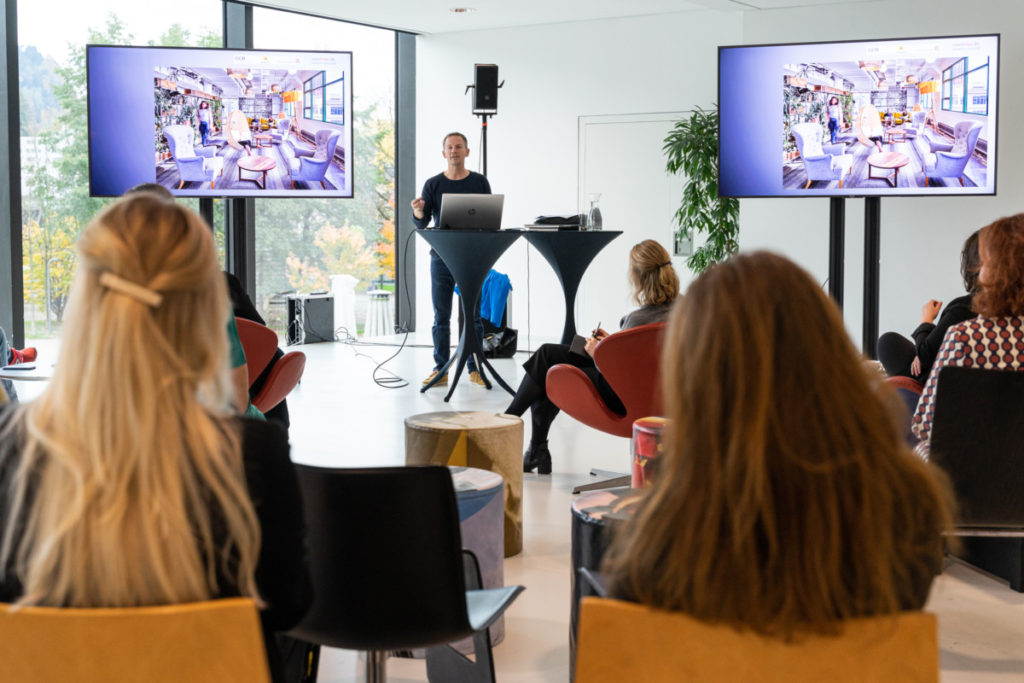
Uwe explained that ‘Psychology of the space is about how the space impacts us, what emotional needs are required to be satisfied so we feel “at home”, and that applies to all residential spaces such as the office and at home.’
Uwe continued to share what the connection is between the psychology of the space and event design, ‘Events are encounters where people come together and need to feel well, regardless of the event that takes place, and in this case the combination of space, colour and lighting plays an important role because they contribute to the wellbeing of the attendees. Attendees not only enjoy the main event but also all of the other activities that constitute the event, such as the atmosphere and the ambience, all of which are highly subtle factors that influence the attendees, give us a feeling of being welcome, taken care of and safe—these all comprise the emotional needs that people have.’
Uwe then talked in detail about each of the elements, ‘The space is important because the constellation of the space indicates how we will feel; for example, how a small or a big room will make people feel in certain situations. At the same time, the lighting is particularly important because for us, light is evident, but it has a substantial influence on our mood, depending on where it comes from, whether it’s blinding etc., and with the light, the colour also becomes visible. Colours continuously influence us, but we can’t even extract their effect on us. We are used to colours from nature, with colourful colours that we can see; contrast that with animals, who see only black and white. Different colours have a different effect on us; for example, red signals that fruit is ripe and can be eaten, whereas blue and green signal decay. The colours in connection with the lighting are highly important for us, so we can perceive quality, and that happens on both conscious and subconscious levels. The work of the psychology of a particular space is to make that space visibly and deliberately.’
Some examples to consider in regard to light include natural vs artificial sources; when it makes us awake or when it creates an ambience, light can also be used as signage to guide the guests. One example involved a bar being lit, ‘even though people tend to order the same drink, they still love to see the entire bar selection because they know that variety means choice.’
At the workshop, we were tasked with designing a meeting space according to pre-determined specifications by Uwe and apply the three elements of space, colour and lighting. Uwe was happy to see our groups’ results, ‘Interestingly, the participants opted intuitively for the right colours and materials. The tasks were linked with the emotional needs of the participants. For example, an event involving team building—this is about trust, and for this, organisers need to apply certain colours; in this case, blue’.

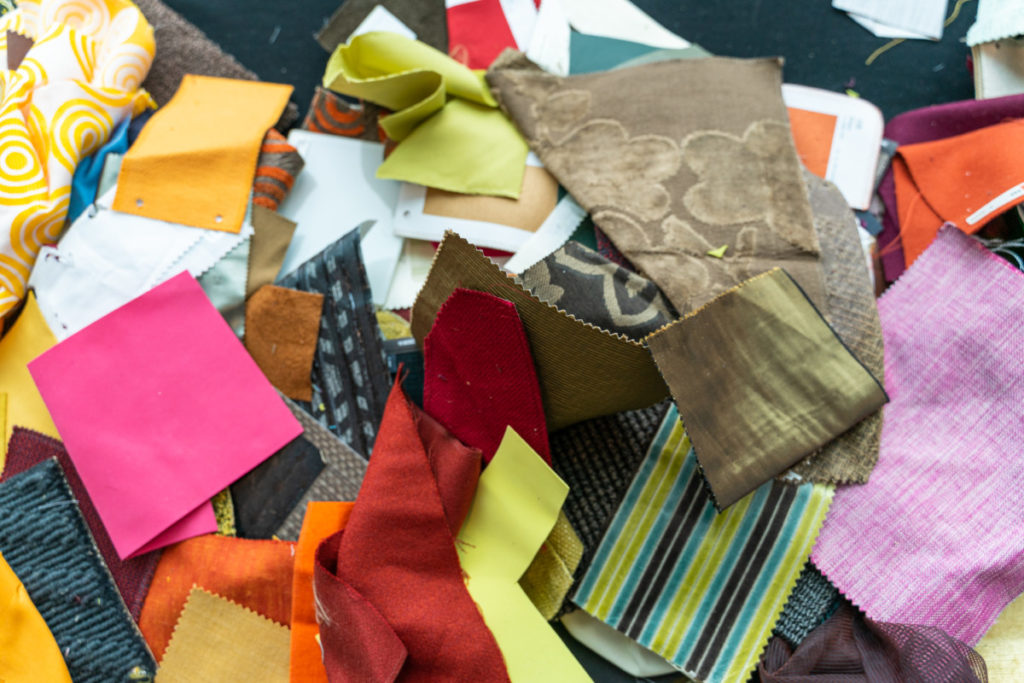
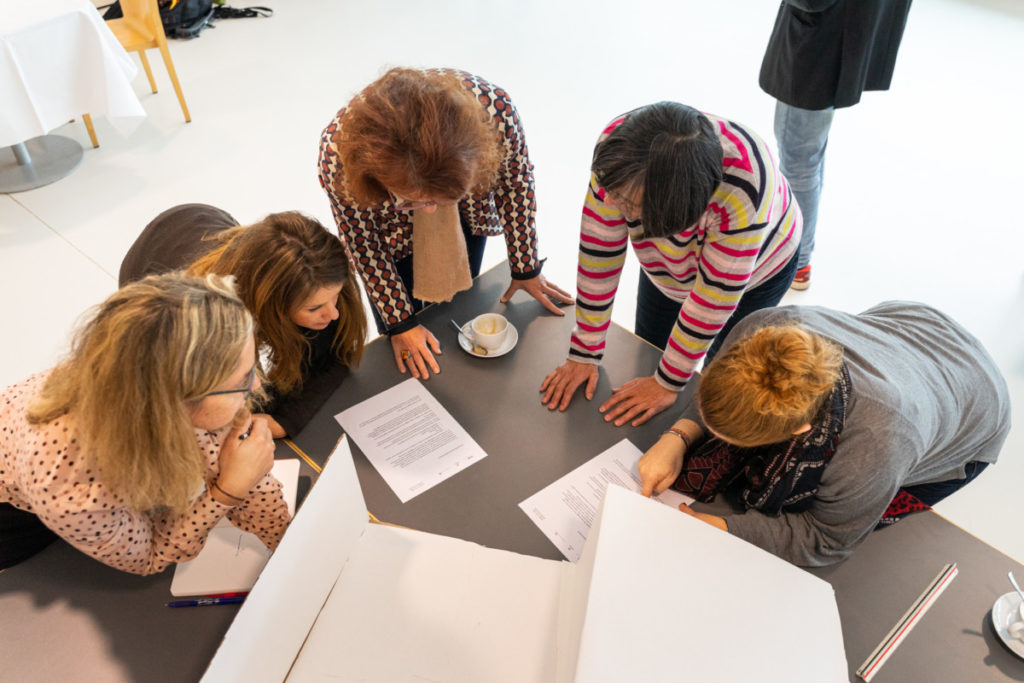
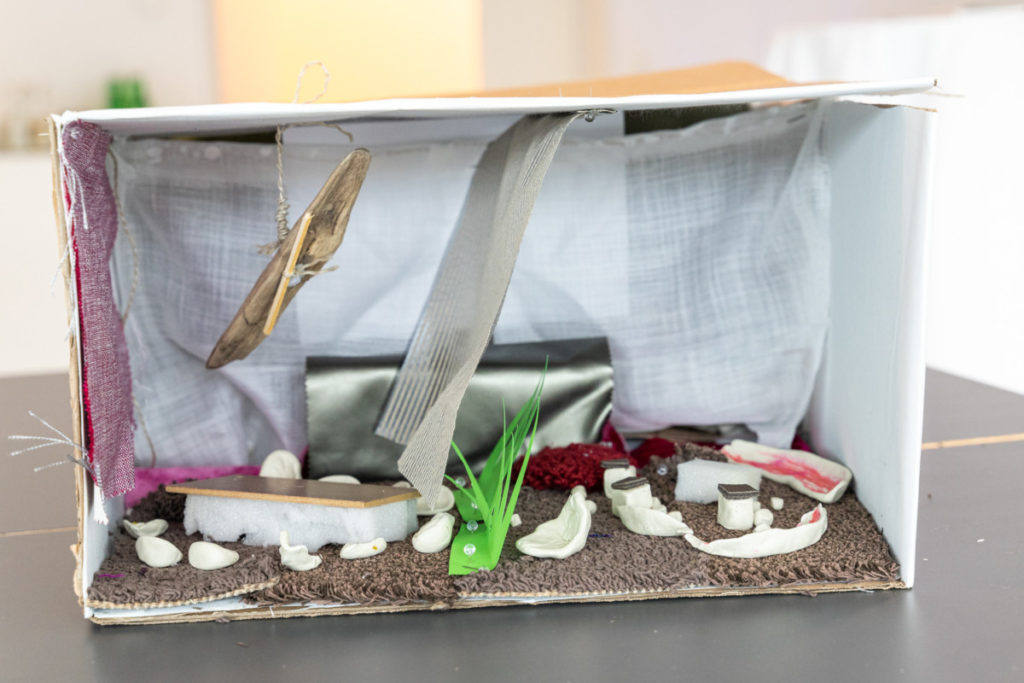

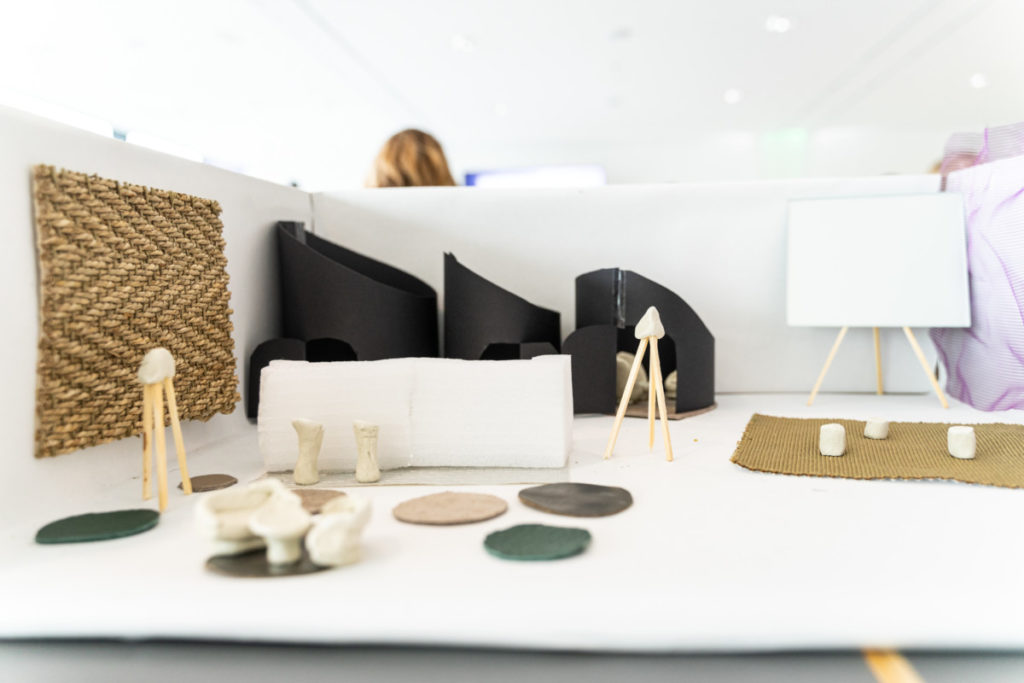
One of the prominent lighting artists is James Turrell, who has created various outstanding art pieces. All participants I spoke to found lighting to be a revealing aspect to apply when designing their future event, and this area is truly fascinating. I can only recommend that you also consider this for your next event and explore the topic of lighting.
Crossing borders: from Bregenz to Konstanz
When at the Bodensee, a boat tour is a natural choice, either as a mode of transport or a meeting space; in our case, it was both. We took a chartered boat—MS Alpenstadt Bludenz—from Bregenz to Konstanz and also had lunch and held a session with Urs Treuthardt, Managing Director at Bodensee-Vorarlberg Tourism, on board. Urs told me about the symbolism of the boat journey on this occasion of the #GrenzenlosesEventdesign trip, ‘The boat is the main reason for being there because at the Bodensee, there are no borders between Germany, Austria and Switzerland, and this stretch of water is borderless; hence, it also has the name #GrenzenlosesEventdesign because at sea is where the borders disappear, and that’s also what we want to achieve with this event.’

Urs shared a book tip that he was highly inspired by Reinventing Organisations, by Frederic Laloux. This book influenced his leadership style and how to approach people to a significant degree. According to Urs, ‘This book has to do with conversation and team culture, both of which are also highly relevant today in the events industry.’ So, I asked Urs about the start-up culture and how big companies can benefit from such collaborations, ‘The work culture prevailing in start-ups, such as no hierarchy, has positive sides but this is something that must be learned. Getting a start-up on board is not always the solution; the culture should fit as well as knowing how to work with other people. Not every start-up will be the right fit for an organisation, but this is what it’s about—managing today’s challenges in a flat hierarchy organisation.’
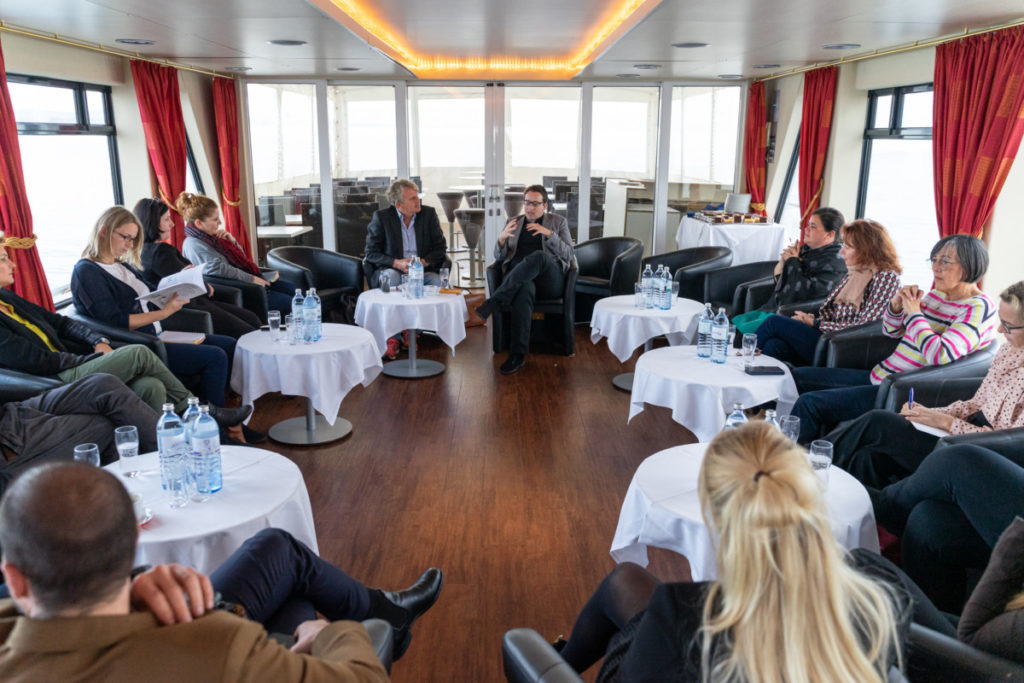
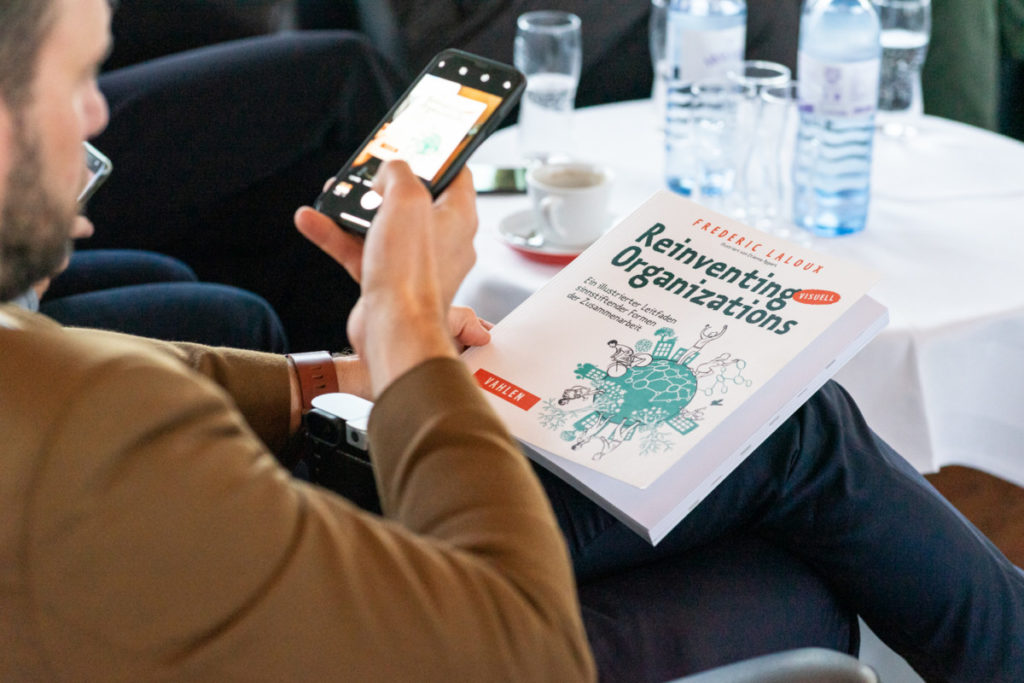
Urs then highlighted that ‘Networks work well when everyone has the same vision’ and explained, ‘A network as such should have a strong goal followed by the people in this network; otherwise, it doesn’t work. There will always be various cultures and opinions in a network, but if there is no one common denominator and one common vision regarding why people should be part of this network in the first place, the network will eventually break.’
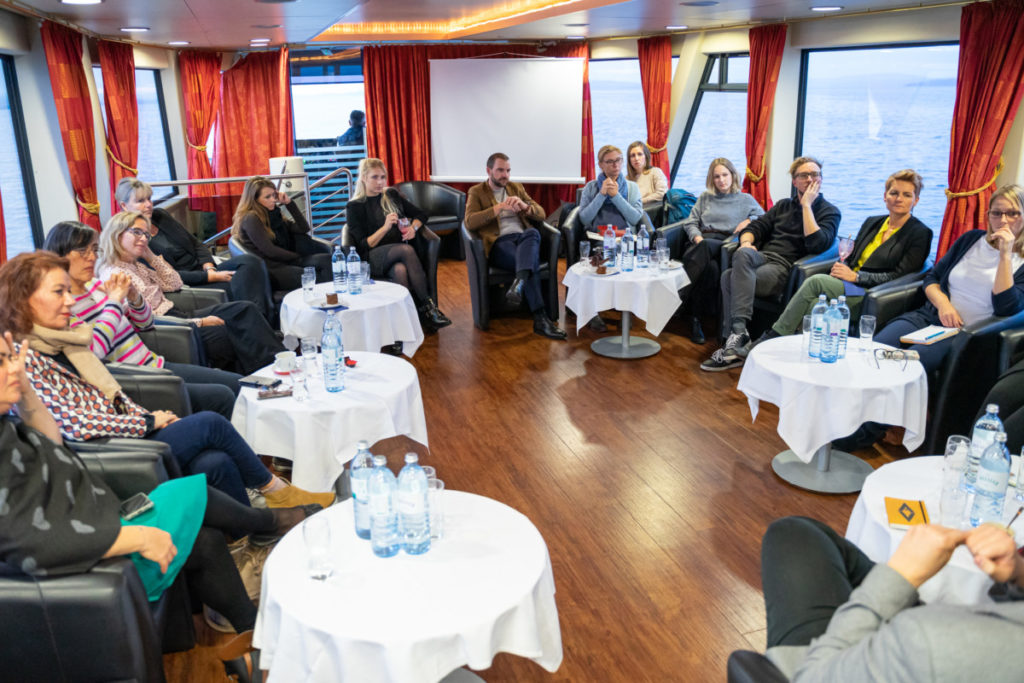
Konstanz: where water inspires and makes the head mature for ideas
Arriving in Konstanz, we loaded our luggage into a taxi and walked to our hotel. For this 20-minute walk, we did a short networking exercise called ‘Gehpräch’ (translated from German as gehen (walking) and Gespräch (conversations); hence, ‘walking meeting’) and had to let the partner talk about what they’d learned at the trip uninterrupted. It was an excellent exercise to recall and retain knowledge!
Our home for the last night was Hotel 47 Grad, a modern hotel incorporating the elements we discussed earlier with Uwe about space, lights and colours creating a welcoming and inviting atmosphere. It opened in June 2014 and was the second hotel of the Ganter family at Bodensee. This hotel has 99 guest rooms, six meeting spaces and a restaurant. With their strong focus on the MICE industry, and the proximity to the Bodensee Forum Konstanz that opened in October 2016, these two properties have provided a significant push to the local MICE industry in Konstanz.
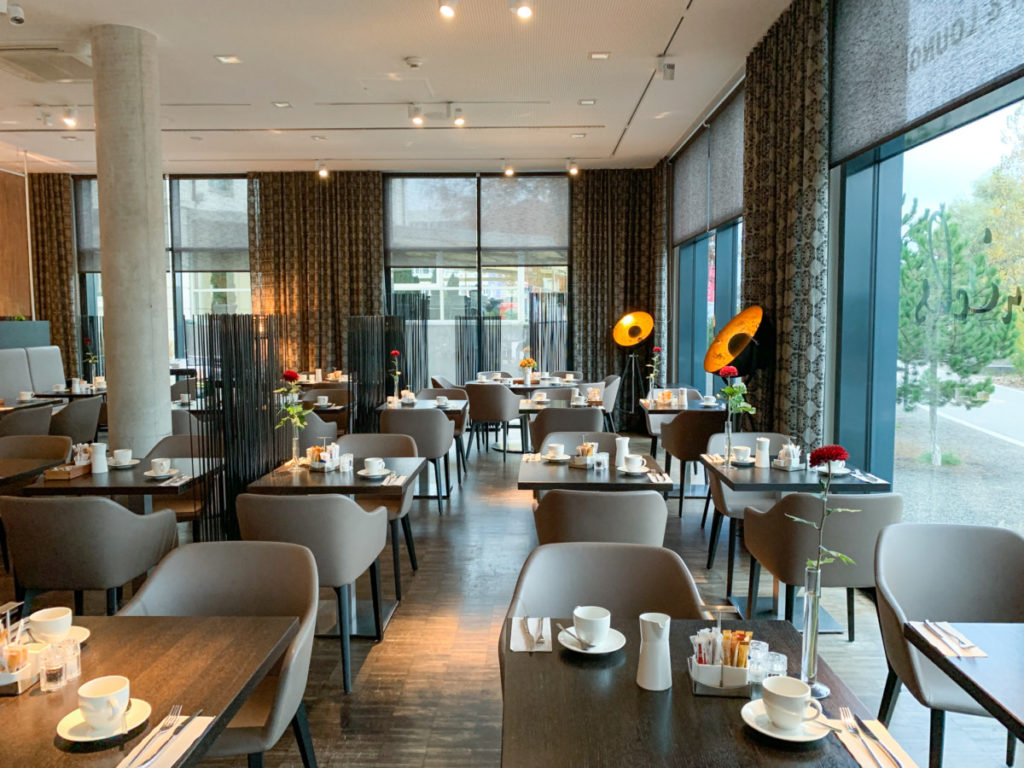
According to Bettina Blessing, Director of Hotel 47 Grad, Konstanz is still a ‘hidden gem’ on the MICE market, but despite being an under-the-radar player, there are many returning customers from multinational companies located in the DACH region (Germany, Austria and Switzerland). The international customers value the proximity to Zurich airport, which is only one hour from Konstanz. For incentives, there are also many opportunities. Bodensee is the largest lake in Germany, and it is therefore particularly attractive for international guests. There is also a good Bleisure argument for international guests (combining business and leisure); instead of planning a different holiday, business travellers can offer their families to join them and extend their stay after the business event.
Dinner was held at Hotel 47 Grad’s Friedrich’s Restaurant and was highly convenient and provided delicious food, particularly after such a knowledge-intense day.
The final day of the trip led us to the Bodensee Forum Konstanz, within walking distance of Hotel 47 Grad.

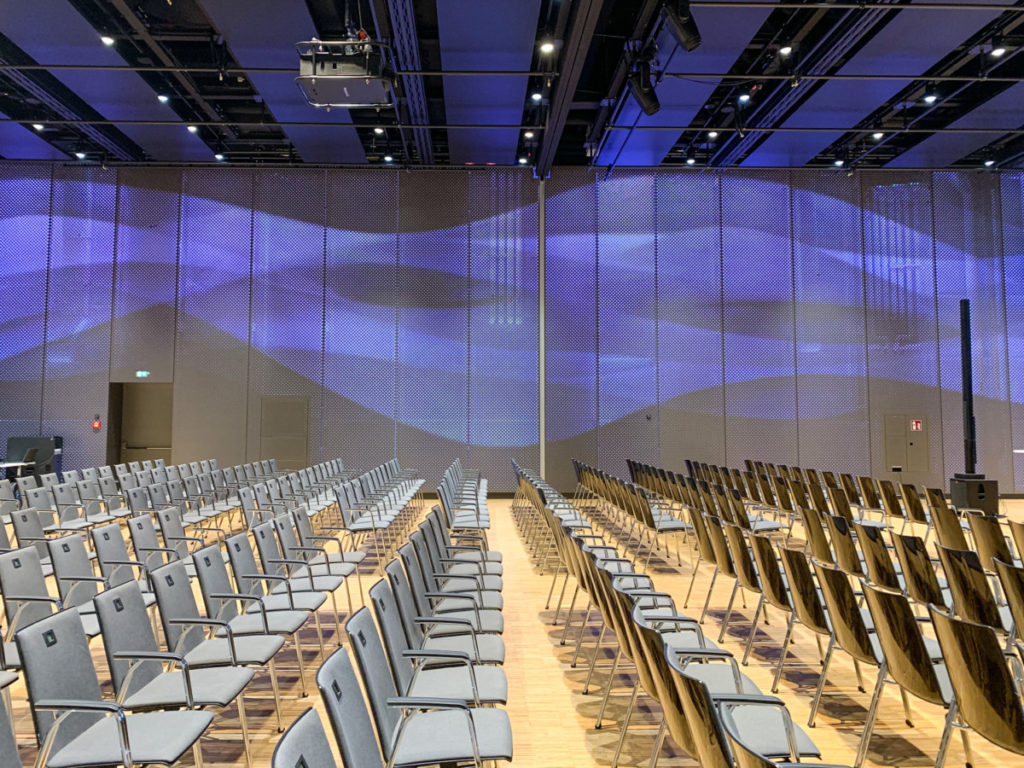
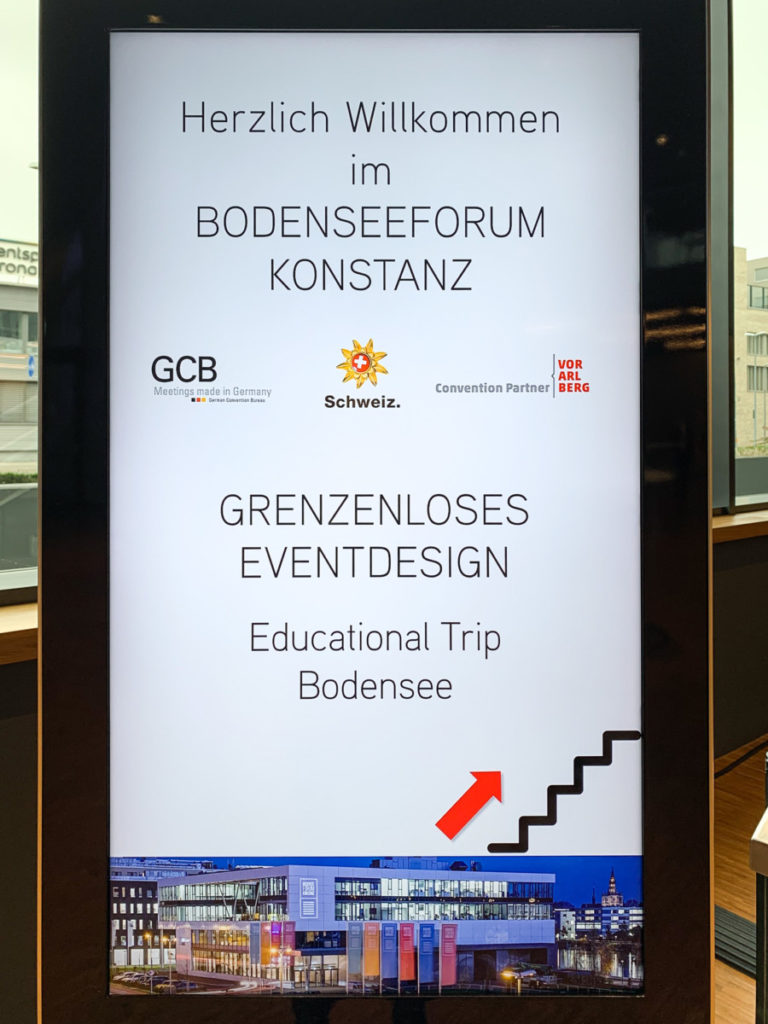
I spoke with Ruth Bader, Managing Director at the Bodenseeforum Konstanz about the developing MICE offering. Ruth compared the MICE significance of Konstanz to 600 years ago when Konstanz was the meeting point of the Konstanz Council, and that the ‘world met in Konstanz’; this historical occurrence demonstrated that people can come together, speak to each other, solve problems and through these meetings create new aspects. Since the opening of the Forum at the end of October 2016, this meeting spirit has returned to Konstanz to experience, discover and strengthen the message outwards. There are approximately 110–120 events per year, with about 150 event days.
Ruth also highlighted the significance of the water and the array of incentive opportunities, ’Konstanz is a lively city with an impressive Old Town and allows many opportunities for incentive activities. Konstanz has a lot of water, which inspires and makes the head mature for ideas, and with Mainau and Reichenau islands, and the proximity to Switzerland and Austria, day trips can be integrated into attendees’ programmes.’
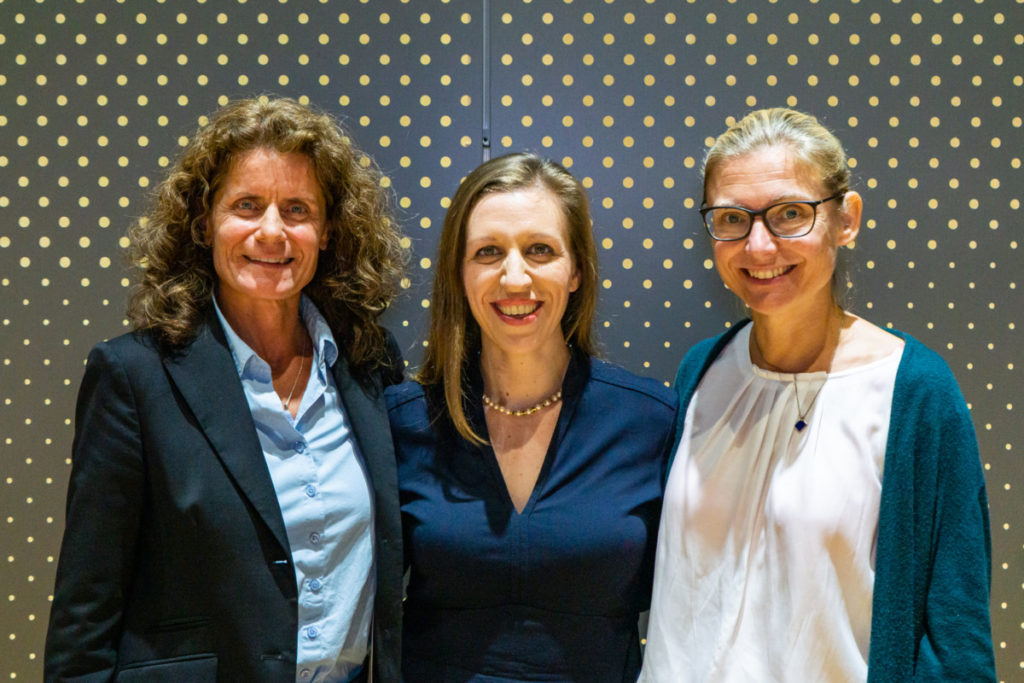
Improvisation theatre with Roberto Hirche: how to find common ground with event stakeholders
Here, we held a workshop regarding improvisation theatre with Roberto Hirche—trainer, coach and business actor. He explained that ‘Improvisation theatre is based on the principle that the performance happens and is created for the first time when the actors are on stage. This is a “living process” that is inspired both by the actors and the spectators. This process occurs without previous arrangement with the spectators, but is inspired by instructions received from the audience during the performance, which establishes itself in this process.’
And what is the connection to event design? Roberto shared that it connects on multiple levels, ‘First on the conceptual level and secondly what we can create as an input. In the conception phase, there are many basic thoughts from improvisation theatre that help to think how it is always possible to keep the partners inspired and not overwhelm them or create resistance, but instead how to create something together, which was unimaginable beforehand. It is particularly helpful in event design when someone says, “I want to make something new,” and that doesn’t come as something “crazy.” In this instance, we need to determine the single steps that inspire the other person and the initiator so that they can develop something together out of it. Such input can be delivered in the form of a workshop or shows.’
Our workshop included a drawing exercise in pairs, working on elements of giving up control, trusting the process fully while being entertained, compromising or/and supporting it. This exercise worked on the ‘leader-and-follower’ principle. It initiated a strategy and a concept together, both of which were not provided at the beginning. The message here was, ‘We don’t know where it goes, but together we can develop a concept’. It was about ‘doing’ without long discussions, discovering instead of talking and relying on the process. The ability to adapt quickly and trust each other was also exercised here, ‘I sell something that is cool, but I don’t know what I sell (e.g. an event concept that is not yet tangible); the client needs to rely on and go through the process together, so both the event agency and the client are entering into a process that is based on confidence.’
This exercise can be used as a presentation style to showcase to clients beyond the traditional PowerPoint format.
The next exercise alarmingly showed what can happen when event planners and their clients are looking at reality from different perspectives, ‘Talking about the same thing but meaning different things.’ Here, we had an exercise playing a taxi driver and a passenger. Each person had a map; the maps were the same but pointing to different directions (i.e. North/ South), and the solution involved first defining the ‘grounding.’

Playfulness is not just fun: VUCA and PLAY!
Roberto then presented the VUCA model, ‘The acronym stands for Volatile, Uncertain, Complex and Ambiguous. In the constantly changing conditions of the world, it is helpful to examine how to operate and remain sovereign and capable of acting. Changes are unpredictable, and despite having frame conditions, there are always changes, and that is the case with events as well.’
To help with the VUCA, Roberto presented the PLAY! model developed by Raymond van Driel. It is based on the mindsets and skills that help to stay sovereign in such a changing world, with the acronym standing for Presence, Leaping, Adaptiveness, Yes & and Impact. This process involves being present in the moment, trusting oneself to take risks when there’s uncertainty about the outcomes, but staying flexible, and despite having an idea where one wants to go, staying adaptive and adjusting suitably. That doesn’t mean that one needs to change the course of the plan completely—they can still contribute to the idea and collaborate on the concept.’
A mindset switch is also necessary, from ‘yes but’ to ‘yes and.’ When this is the mindset of the group each member contributes to, takes accountability without simply pushing one’s ideas and instead taking an active role in the event design with full conviction, the project will come to successful fruition.

And that was a wrap of a wonderful 4-day journey around the Bodensee. Lastly, there was also a significant amount of valuable exchange among the participants themselves between the sessions, and as much as we learned from the sessions, we also learned from each other. The saying, ‘coming as strangers, leaving as friends’ can be applied to how we felt about this journey across borders both physical but also in mindset, and by the last day, we all sat together at the long breakfast table at Hotel 47 Grad.
Event planners really need to THINK BIG, experience more, and dare to take risks in order to initiate new event formats for education and networking. It is often easy to choose to stay complacent because the sponsors are returning, attendees are coming, the database is growing, the system is in place and ‘it works.’ But the world is changing rapidly—attendee needs are evolving, and therefore events must also evolve to stay future proof in the VUCA world.
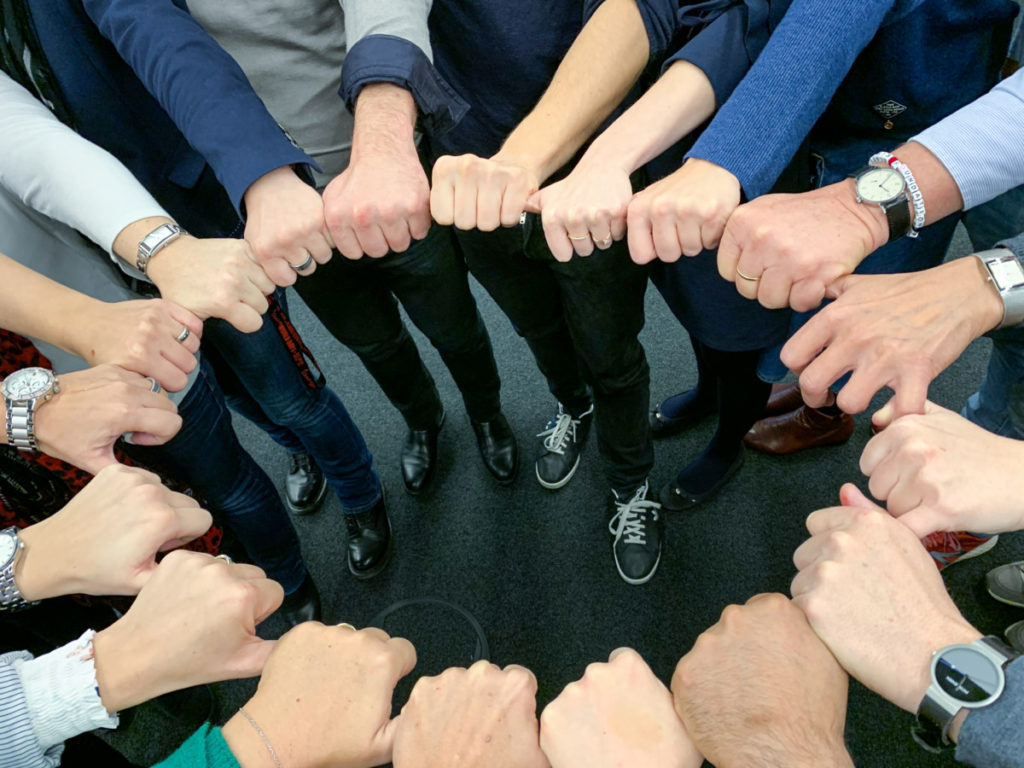
So, how are you going to evolve your event?
Photos: Thomas Loris



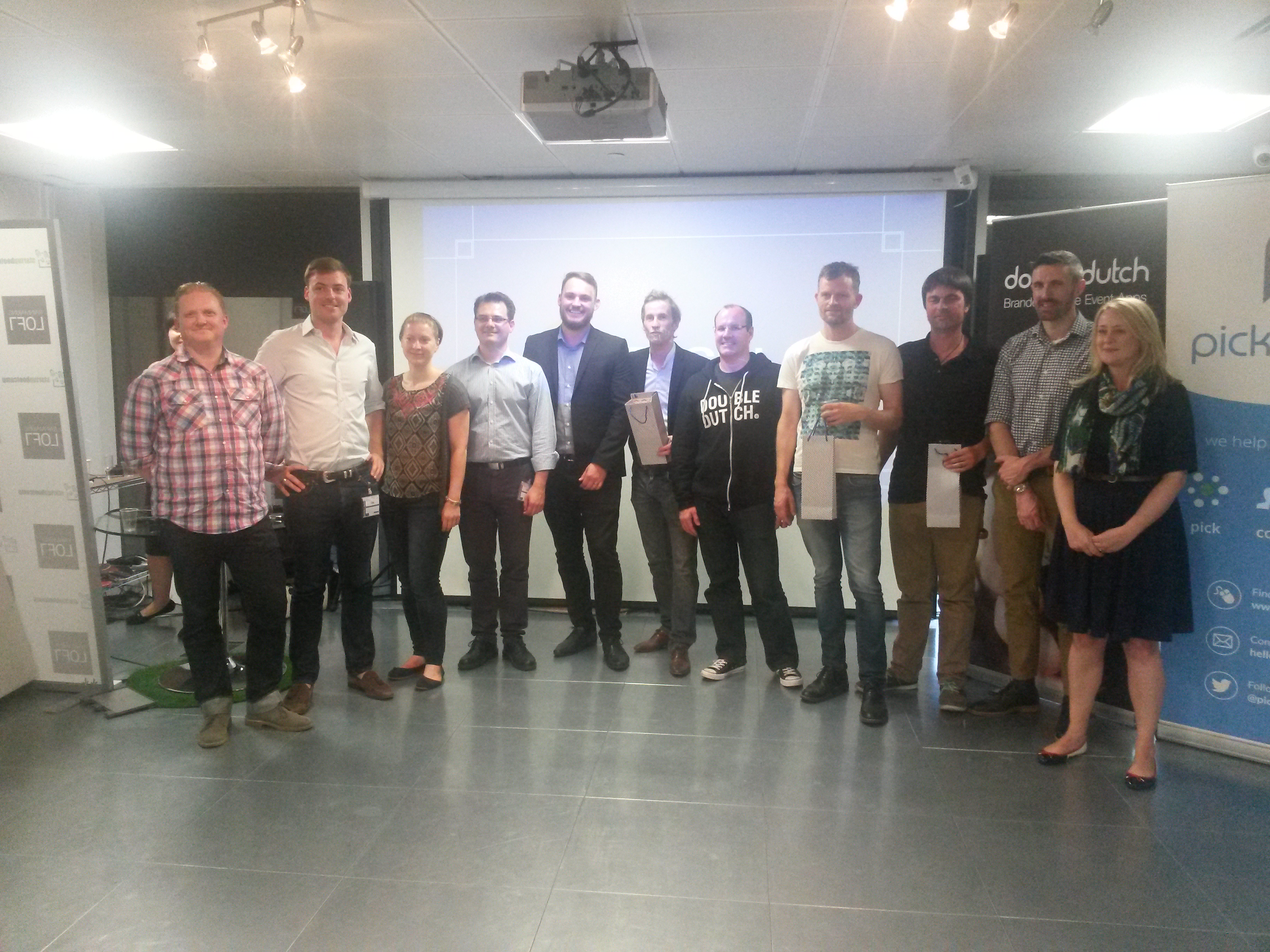
No Comments